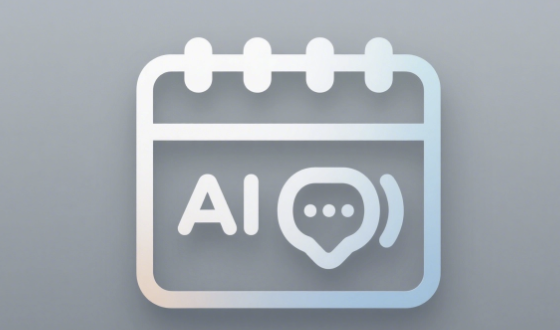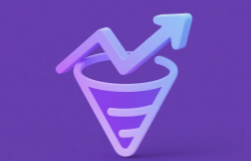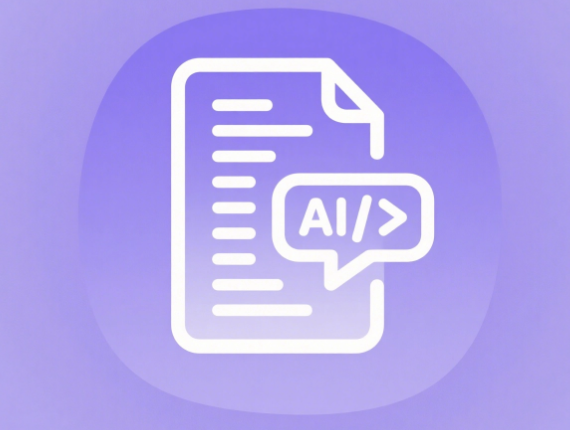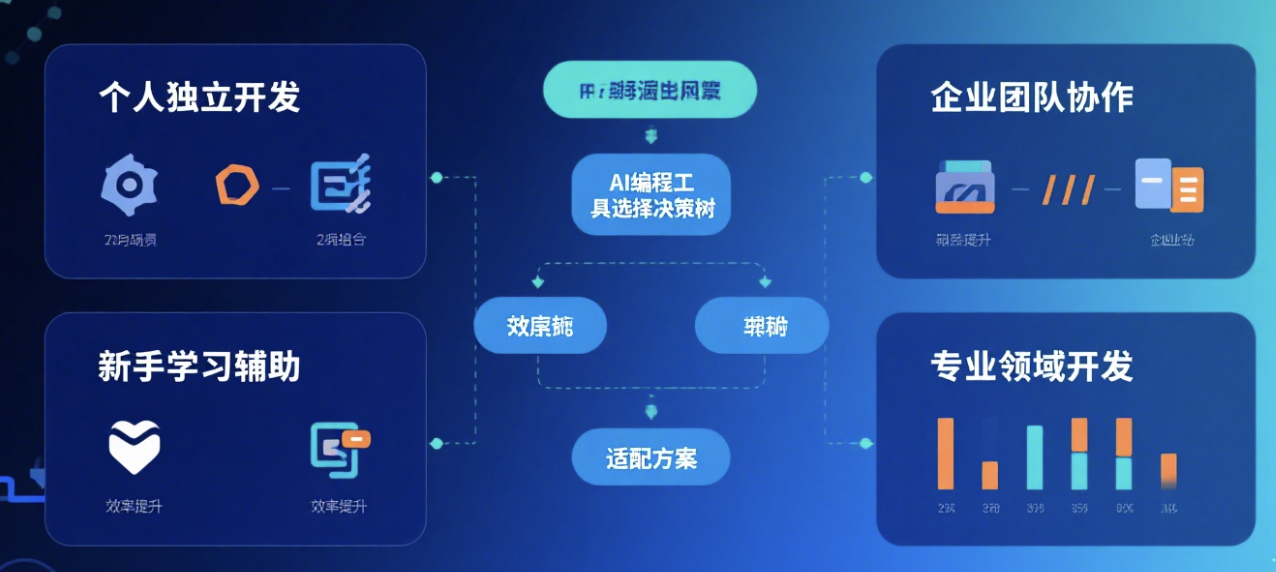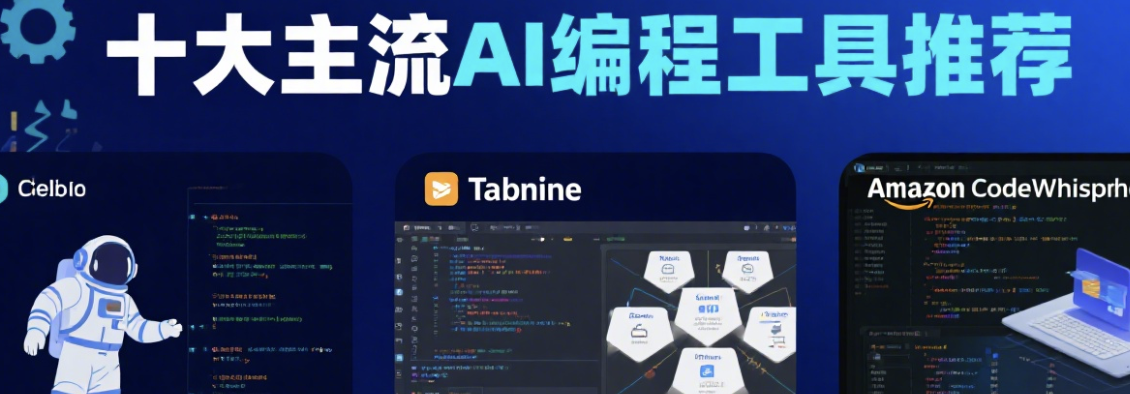Assistants who don't know how to use these 8 AI tools will change bosses sooner or later. In the high-pressure collaborative environment of 2025, AI, artificial intelligence and AI tools have become the basic skills of administrative and business assistants. Master large models such as ChatGPT, Claude, Microsoft Copilot and Google Gemini to intelligently and automate emails, schedules, documents and materials, improve work efficiency and quality simultaneously, and create a replicable assistant workbench.
1. List of 8 AI tools: from letter writing to scheduling full coverage
1. ChatGPT (General Generation and Communication Script)
AI tools are good at generating multiple versions of emails, official documents and meeting minutes, combined with prompt engineering can produce invitation letters, reception words and activity processes in batches. The assistant intelligently completes high-frequency text work quickly.
2. Claude (long-form review and compliance control)
Artificial intelligence is more stable in system and contract summaries, and Claude can merge multiple opinions, generate version comparisons and risk warnings, and provide automation and consistency guarantees for policy drafts and cross-departmental communication.
3. Microsoft Copilot (Microsoft 365 Workbench)
natively calls large models in Outlook, Word and Excel, automatically summarizes emails, rewrites official documents, generates formulas and charts, and assists in natural language to complete scheduling and ledgers, forming an intelligent closed loop.
4. Google Gemini (Workspace collaboration)
is deeply integrated with Gmail, Docs, Sheets, and Meet, automatically extracting minutes and action items and giving schedule suggestions; Linked with ChatGPT to complete the copywriting base, Claude is responsible for proofreading and sensitive word checking to achieve automated collaboration.
5. Notion AI (Knowledge Base and SOP Hub)
Unifies meeting minutes, process SOPs, and guest reception manuals into the knowledge base, and Notion AI automatically generates templates, version records, and reminders to build an AI tool asset pool for the assistant team.
6. Reclaim AI (Intelligent Scheduling and Prioritization)
Machine learning analyzes busyness and prioritization, automatically generates time blocks and conflict resolution suggestions; After interoperability with Gemini or Copilot's minutes, action items are instantly placed on the calendar, and scheduling is intelligent.
7. Zapier AI (Cross-Application Automated Orchestration)
strings forms, emails, forms, and chats into workflows, automatically archiving, notifying, and creating tables; Cooperate with ChatGPT to generate copy, Claude proofread tone and compliance, forming end-to-end automation.
8. Canva AI (Magic Design)
AI tool one-click layout announcements, invitations and event KV, upload brand words and colors to adapt to multiple sizes; Proofread copy and style with ChatGPT and Claude to ensure visual and language unity.
2. AI workflow: from task receipt to closed-loop archiving
1. Information and email processing
(1) Use Copilot and Gemini to make email summaries and key points lists, and ChatGPT to generate reply drafts.
(2) Claude unifies the review of wording and sensitive words to reduce communication risks.
(3) Zapier AI automatically writes key emails and attachments to the Notion AI knowledge base to form an intelligent trace.
2. Meetings and tasks are implemented
(1) Gemini or Copilot generates meeting agendas and minutes, and action items are clear and trackable.
(2) Reclaim AI automatically schedules and avoids conflicts based on priority.
(3) Notion AI synchronously updates task status and SOPs to automate collaboration.
3. Material and activity execution
(1) ChatGPT output plan and list, Claude does structured review and risk warning.
(2) Canva AI generates multi-end visual materials with a unified style.
(3) Zapier AI writes registration and feedback data into the table, and the subsequent statistics are automated.
3. Metrics and governance baseline
1. Three types of core indicators
(1) Efficiency: average email response time, minutes publishing time, and scheduling conflict reduction ratio.
(2) Quality: document revision rounds, typo and formatting error rates, and cross-departmental satisfaction.
(3) Coverage: automation reach rate, AI participation rate, knowledge base hit rate.
2. Governance of three things
(1) Minimum permissions and log traces, classification and desensitization of sensitive information.
(2) Key external texts are double-reviewed by Claude and humans to ensure compliance.
(3) Prompt engineering and style library are managed in Notion AI versioning to ensure traceability.
3. ROI quick calculation model
a. Save human time = the sum of AI tool ghostwriting and automation time.
b. Quality Dividend = Decrease in rework rate × time per rework.
c. Comprehensive ROI = (man-hour savings + quality dividends) ÷ tools and training investments.
4. 30-60-90 days implementation route
1. The first 30 days: build the base
(1) Establish a brand dictionary, banned words and prompt engineering library, which is shared by ChatGPT and Claude.
(2) Use Notion AI to build a knowledge base and SOP to form a unified template.
(3) Enable Copilot and Gemini's email and notes capabilities to record baseline data.
2. 31-60 days: Run through the closed loop
(1) Access Reclaim AI to automate time blocks and resolve conflicts.
(2) Use Zapier AI to connect forms, emails, and forms into an end-to-end workflow.
(3) Canva AI cures visual templates to reduce repeated design and layout.
3. 61-90 days: scale and optimization
a. Establish a three-line kanban board for efficiency, quality and coverage, and automate narrative reporting.
b. Review prompts and templates on a monthly basis and continue to purify.
c. Expand permission hierarchy and style library for cross-departmental scenarios, and operate intelligently and steadily.
Frequently Asked Questions (Q&A)
Q: Which AI tools are the first choice for assistant positions to get started?
A: It is recommended to use ChatGPT and Microsoft Copilot or Google Gemini as the starting point to complete copywriting and minutes, and then use Notion AI for knowledge base precipitation, Reclaim AI to solve scheduling, and Zapier AI to automate in series to form an intelligent closed loop.
Q: How do ChatGPT and Claude divide their labor in the assistant scenario?
A: ChatGPT is responsible for creativity and multi-version generation, suitable for emails, official documents, and process lists; Claude is responsible for long articles and reviews, suitable for the integration of systems, contracts and cross-departmental opinions, and the AI tool portfolio is fast and stable.
Q: How can you quickly produce specification materials when there is no designer?
A: Use Canva AI to generate images according to the brand template with one click, the copy is generated by ChatGPT and proofread by Claude; If advanced vision is required, it can be connected with Figma, Midjourney, and Stable Diffusion used by the design team, and still maintain intelligence and automation.
Q: How can I tell if AI tools are really improving efficiency?
A: Track efficiency, quality, and coverage at the same time: response time, revision rounds, and automated reach rates rise together; Use Notion AI and Kanban to solidify indicators and review monthly according to ROI models to ensure verifiable AI investments.
Q: How are compliance and privacy risks controlled?
A: Least privilege, log trace and hierarchical desensitization are adopted; Key outgoing texts are reviewed by Claude and manually; All SOPs and templates are managed in Notion AI versioning, and AI tools are fully auditable.
